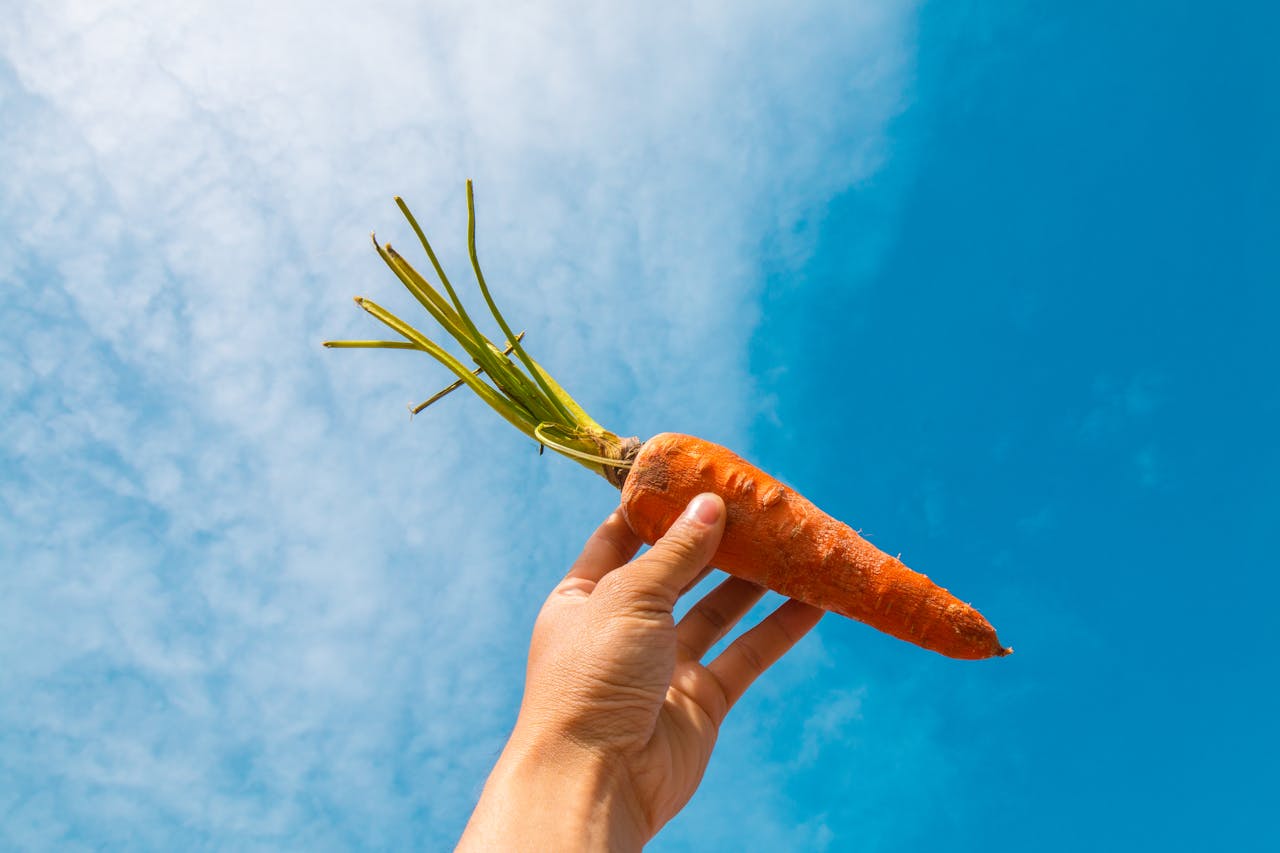A Comprehensive Guide to Growing and Utilizing Purple Carrots
What are Purple Carrots?
Purple carrots are a result of centuries of cross-breeding and have a rich history, dating back at least 1,000 years. Originally, carrots were not the orange variety we are familiar with today; they came in various colors, including purple, and were brought from Persia (now Iran) to the Netherlands by the Dutch East India Company in the 17th century[1][4].
Nutrition and Health Benefits
Purple carrots are packed with a variety of nutrients similar to other carrot varieties, including dietary fiber, vitamin C, potassium, manganese, and vitamin K. However, what sets them apart is their high content of anthocyanins, powerful antioxidants found in other purple fruits and vegetables like blackberries, grapes, and purple cabbage. These anthocyanins help combat oxidative stress, heart disease, mental decline, and certain types of cancer[2][5].
In addition to anthocyanins, purple carrots contain other polyphenol antioxidants such as chlorogenic acid and caffeic acid, providing on average nine times more polyphenol antioxidants than carrots of other colors. This makes them particularly beneficial for promoting overall health and reducing the risk of various diseases[5].
Growing Purple Carrots
Growing purple carrots is relatively straightforward and can be a rewarding experience for gardeners of all levels.
Sowing
- Choose a patch with airy, nutritious soil mix. Low-quality soil can lead to disappointing results.
- Sow the seeds from mid-March to mid-August, depending on your climate.
- Poke 16 holes in a 30×30 cm square patch, each about 0.5 cm deep.
- Place 2 to 3 seeds in each hole and cover them with soil mix[1][4].
Seedling Care
- After sowing, wait for the seeds to germinate, which typically takes 10 to 15 days at temperatures between 10 to 21°C.
- Once the seedlings emerge, thin them out to ensure each carrot has enough space to grow. Carrots cannot be transplanted, so thinning is crucial for healthy growth[1][4].
Caring for the Plants
- For the next 5 weeks, the plants require minimal care. Water them during dry weather and remove any dead or yellow leaves.
- Purple carrots are frost-tolerant, so they can be left in the ground for a long time. A light frost can even make the carrots sweeter[1][4].
Harvesting
- Check for readiness by gently wiping away the soil at the base of the leaves. Harvest the carrots when they are at least 2 to 3 cm in diameter.
- The peak harvest period lasts about 3 weeks, and in cooler climates, carrots can be sweetened by light frost before harvesting. Ensure to harvest before the soil freezes[1][4].
Cooking and Preserving
Cooking Methods
- The method of cooking can significantly affect the retention of bioactive compounds in purple carrots. Boiling results in a significant loss of polyphenols and anthocyanins, as these compounds are water-soluble and can be transferred to the cooking water. Steaming, on the other hand, is a less aggressive method that helps retain these valuable antioxidants[3].
Uses
- Purple carrots can be used raw in salads, such as tabouleh, or cooked in a variety of dishes. They add a unique flavor and color to any meal.
- The leaves of the carrot plant are also nutritious and can be used in salads or as a garnish, providing additional vitamins and minerals like calcium, potassium, and vitamins C and K[1][5].
Key Facts About Purple Carrots
- Origin and History: Purple carrots have been around for at least 1,000 years and were originally brought from Persia to the Netherlands in the 17th century[1][4].
- Nutritional Profile: Rich in dietary fiber, vitamin C, potassium, manganese, vitamin K, and unique antioxidants like anthocyanins[2][5].
- Health Benefits: Anthocyanins help protect against heart disease, mental decline, certain types of cancer, and promote overall health[5].
- Growing Requirements: Need full sun, nutritious soil, and proper thinning. They are frost-tolerant and can be harvested over a long period[1][4].
- Cooking Considerations: Steaming is a better cooking method than boiling to retain bioactive compounds[3].
- Versatile Use: Can be used raw in salads or cooked in various dishes, and the leaves are also edible and nutritious[1][5].
By incorporating purple carrots into your garden and diet, you can enjoy a colorful, nutritious, and historically rich vegetable that offers numerous health benefits.


